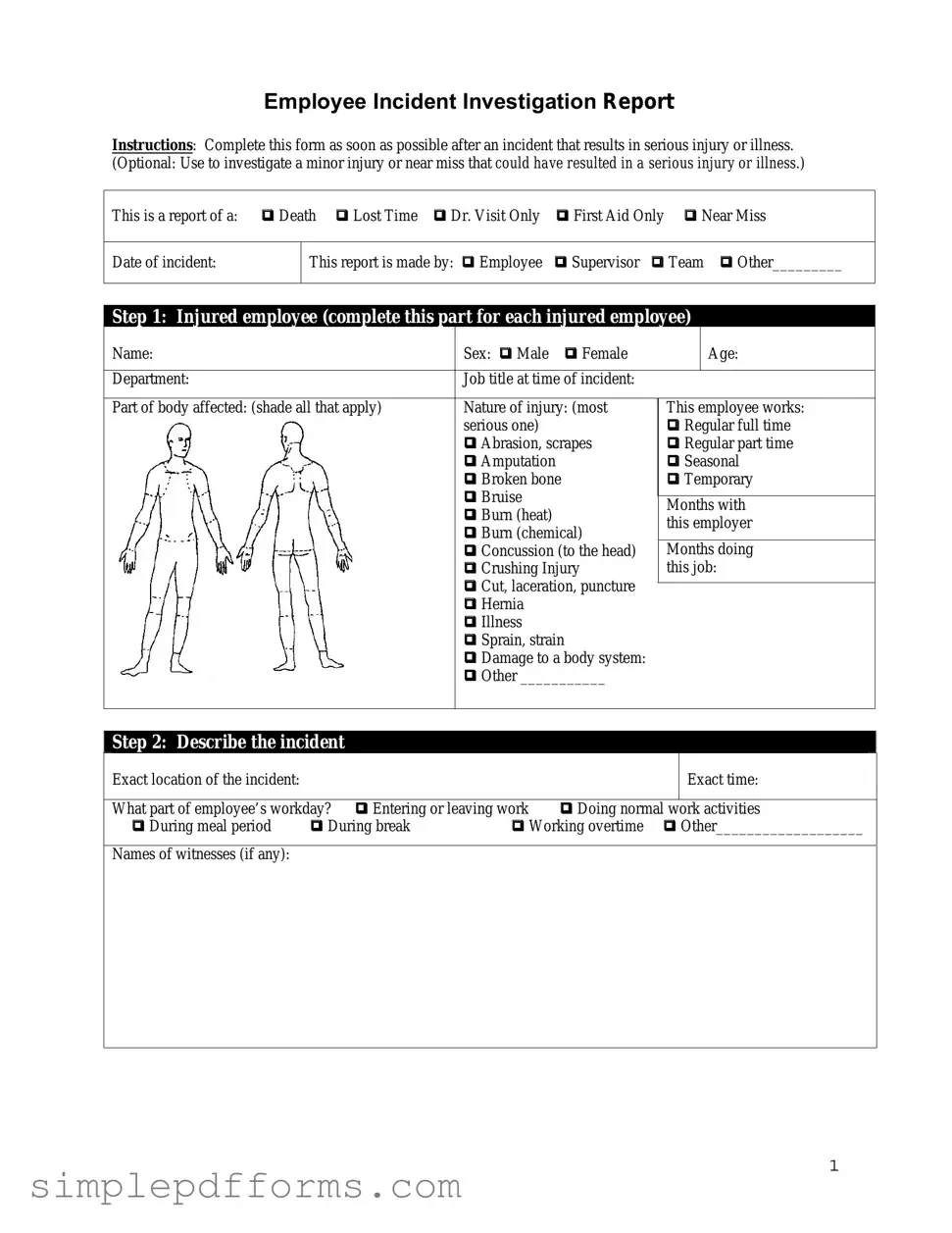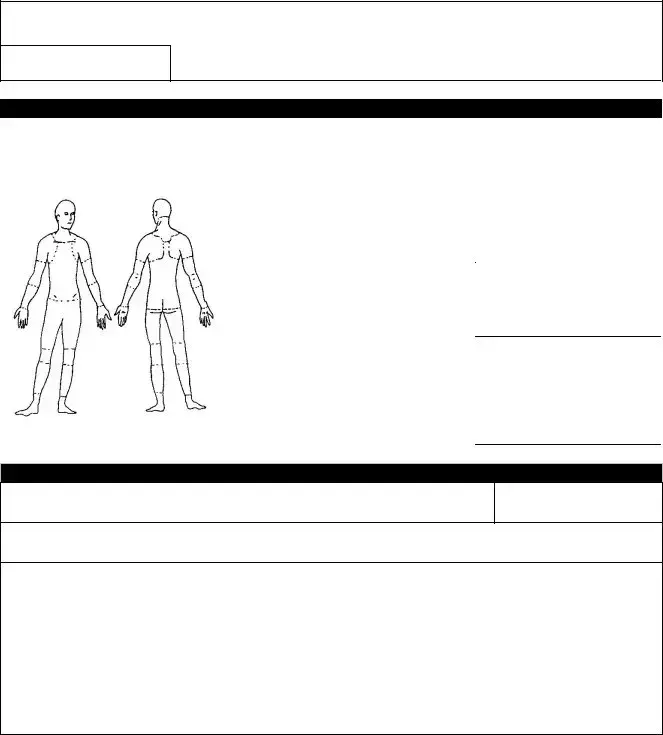Filling out the Employee Accident Report form accurately is crucial for documenting workplace incidents. However, many individuals make common mistakes that can lead to complications later. Understanding these mistakes can help ensure that reports are completed correctly.
One frequent error is failing to provide detailed information about the incident. It’s essential to describe what happened, where it happened, and who was involved. Vague descriptions can lead to misunderstandings and may hinder the investigation process.
Another mistake is not including witness statements. If there were witnesses to the accident, their accounts can provide valuable insights. Omitting this information can result in a one-sided report that lacks critical context.
Some individuals forget to sign and date the report. A missing signature can delay processing and may even invalidate the report. Always ensure that the form is signed by the employee involved and, if necessary, a supervisor.
Inaccurate or incomplete contact information is another common issue. If the employee’s details are incorrect, it can complicate follow-up communications. Double-checking this information is a simple yet effective way to avoid future problems.
People sometimes neglect to report all injuries, even minor ones. It’s vital to document every injury sustained during the incident. Minor injuries can escalate into more serious issues if not addressed promptly.
Additionally, using unclear language or jargon can create confusion. It's best to use straightforward language that everyone can understand. Avoid technical terms that may not be familiar to all readers.
Another mistake is not following the proper reporting timeline. Each organization has specific guidelines for when an accident must be reported. Delays can impact the investigation and any potential claims.
Some employees also fail to review the completed form before submission. Taking a moment to review can catch errors or omissions that might otherwise go unnoticed. This step can save time and prevent complications down the line.
Lastly, individuals may not seek assistance if needed. If you’re unsure about how to fill out the form or what information is required, ask for help. It’s better to clarify than to submit an incomplete or inaccurate report.



